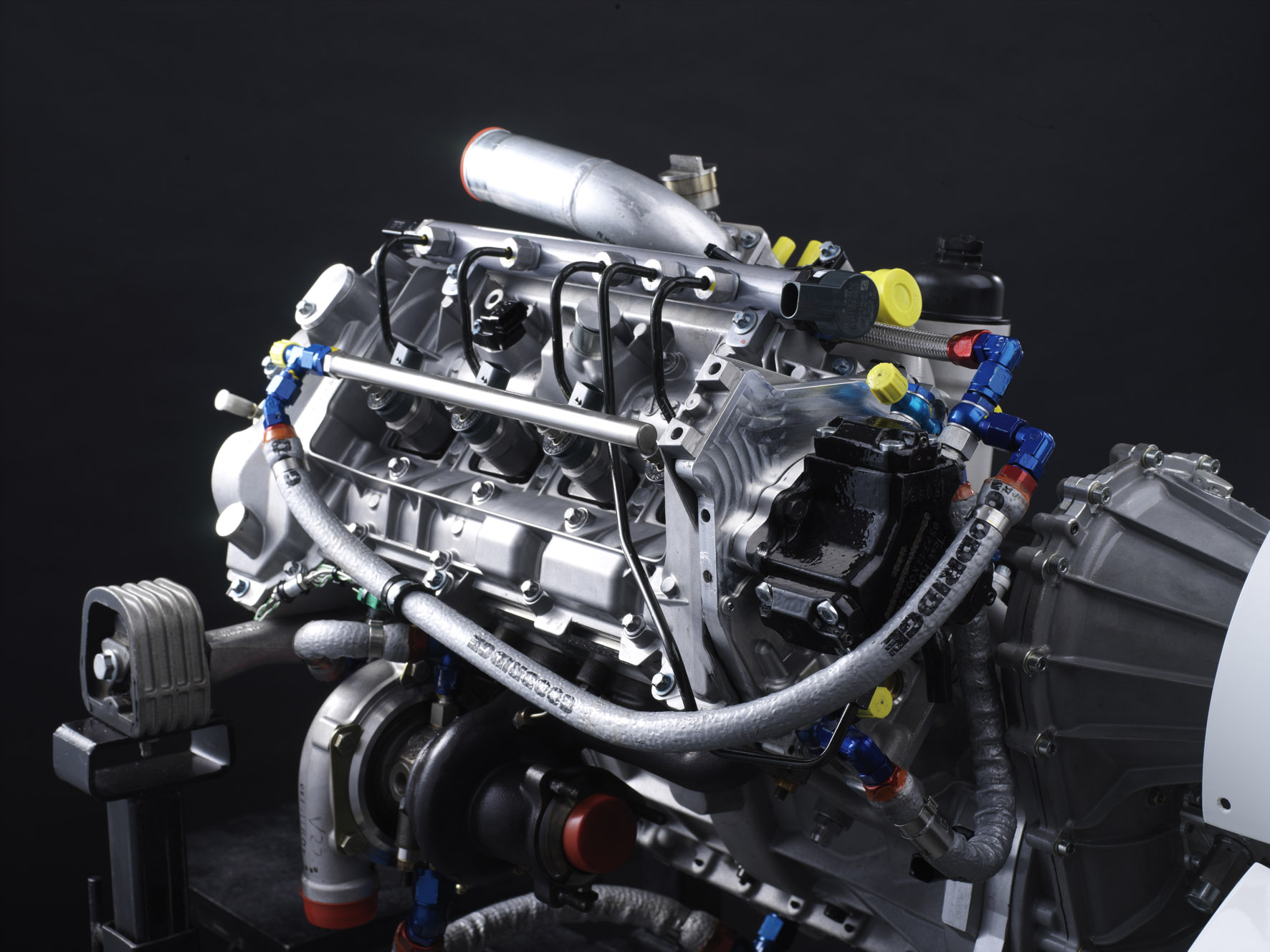Piper announces Continental Jet A-powered Seminole
Twin-engine trainer uses counter-rotating CD-170 FADEC engines
Eighty-one-year-old Piper Aircraft is not sitting still. The Vero Beach, Florida-based aircraft manufacturer announced a Continental-powered 170-horsepower CD-170 counter-rotating Jet A engine option for the company’s Seminole twin-engine trainer that broadcasts the company’s aggressive pursuit of the overseas and domestic flight training markets.
The April 18 announcement on the first day of the global general aviation airshow in Friedrichshafen, Germany, comes hot on the heels of U.S.-based ATP Flight School’s 100-aircraft Archer TX order that Piper announced recently at the Sun 'n Fun International Expo and Fly-In in Lakeland, Florida.
The initiatives, along with a February order for 152 training aircraft destined for China—the largest order in company history—appear to strengthen the signal that Piper is digging in its heels to capture the training market.
The Piper PA–44 Seminole is familiar to scores of flight schools and multiengine students seeking advanced training en route to a professional pilot career. Similarities in aircraft handling characteristics between the avgas and Jet A models mean that students in flight training programs—and their instructors—can maintain consistency in their airmanship training regimens.
Flight instructors explained that in a counter-rotating configuration, first deployed on a Seminole in 1995, there is no “critical engine.” The configuration helps avoid uncommanded rolling and yawing at airspeeds well above the stall speed, instructors noted. The Seminole’s opposite-turning propeller blades—which until now were spun by counter-rotating 180-horsepower Lycoming O-360 engines—enhance safety and contribute to the aircraft’s popularity.

Continental’s CD-100 series of Jet A engines was rolled out on a variety of aircraft platforms—from Piper’s own Archer—to its competitor’s JT-A Cessna 172.
The CD-170 engine’s “thrust” lever regulates power and simplifies engine management because it eliminates manual controls for throttle, propeller, and mixture regulation. Engine start and runup procedures also are streamlined because Continental’s full authority digital engine control (FADEC) system performs a self-check upon startup. (Also gone is the dreaded “hot start dance” familiar to pilots of aircraft with fuel injected engines, although the avgas Seminole uses carburetors.)
In Europe, Africa, and emerging markets in Asia, Jet A fuel enjoys an advantage over the availability of avgas, plus it’s far less expensive overseas. Piper also noted an increase in dispatch rates with the Continental Jet A-powered Archer DX and suggested that the advanced technology and automation have helped operators “increase billed flight hours and decrease the amount of time spent in unscheduled maintenance.”
The CD-100 engine family is available as retrofit kits for a variety of aircraft, and the powerplant is certified in more than 72 countries. Piper has not yet released a pricing structure for the Jet A PA–44 Seminole twin.
In the bigger picture, flight schools and air carriers are scrambling to train and retain pilots (and instructors) as the public’s appetite for travel continues to grow. With the addition of the Seminole’s new Continental CD-170 powerplants, Piper has appeared to thrust itself into a dominant two-to-one position over rival Cessna in the worldwide Jet A training market.




